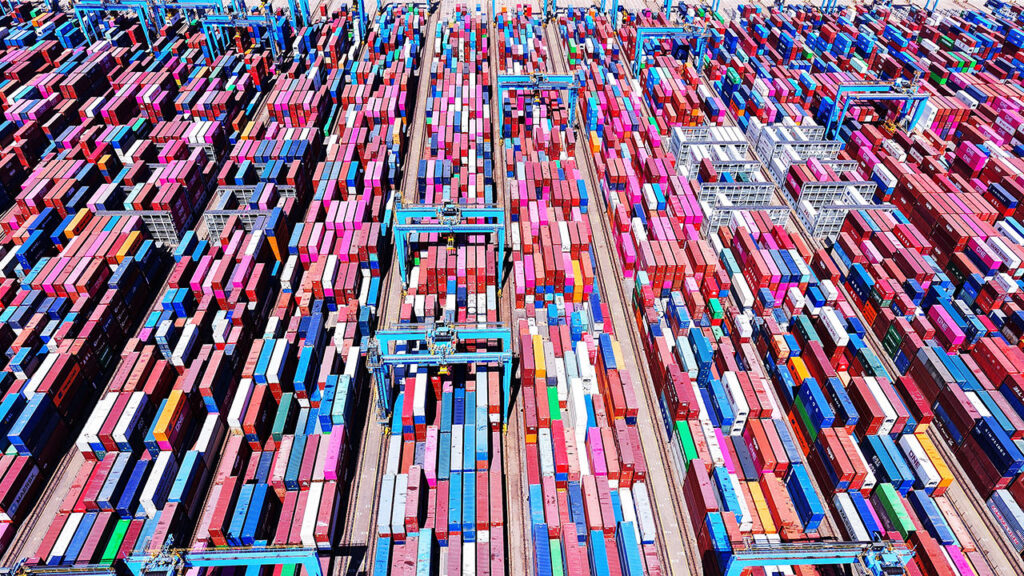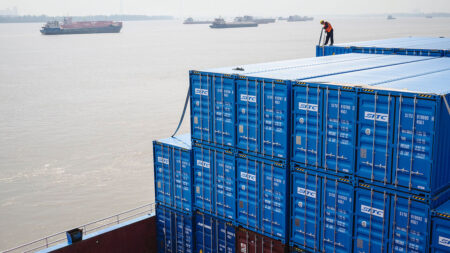In the modern geopolitical landscape, trade relations between nations are a critical element that shapes not only their economic performance but also their political stability. The onset of a significant trade clash between the world’s two largest economies, the United States and China, has sparked widespread concern and debate among economists, policymakers, and global citizens alike. The ramifications of this unprecedented confrontation extend beyond economic figures; they influence international relations, supply chains, and the very fabric of global trade.
The trade conflict, which gained momentum in the late 2010s, reflects a culmination of longstanding grievances between the United States and China. At the heart of this discord are accusations of unfair trade practices, intellectual property violations, and currency manipulation. The U.S. has long alleged that China’s economic strategies are designed to artificially boost its industry at the expense of American businesses. Consequently, this has led to the imposition of tariffs on a range of Chinese goods, an aggressive move intended to protect U.S. manufacturers while cultivating a more favorable trade balance.
China, in retaliation, has implemented its own measures, slapping tariffs on American exports. This tit-for-tat approach has significantly disrupted traditional trade flows and caused apprehension among global markets. As companies from both sides grappled with the consequences of these tariffs, uncertainties arose regarding production costs, pricing structures, and ultimately, consumer prices. Investors wary of the potential fallout began to reconsider their strategies, leading to fluctuations in stock markets worldwide.
The implications of this trade clash are not limited to the direct impact on U.S. and Chinese industries. The involvement of other nations complicates the situation, as many countries find themselves caught in the crossfire. For instance, countries that export raw materials or components to either nation face the dilemma of adjusting their trade policies based on shifting tariffs. Moreover, global supply chains, which have been finely tuned to cater to the demands of both markets, are now strained. Companies are reassessing their dependencies on specific suppliers and seeking to diversify their bases to mitigate risks associated with the ongoing trade war.
The United States and China are not just economic titans; they wield significant influence over global financial institutions. Thus, the trade clash naturally seeps into dialogues surrounding currency values, investment strategies, and the future of multilateral trade agreements. The International Monetary Fund (IMF) and the World Trade Organization (WTO) are just some of the entities that have voiced concerns regarding the adverse effects of the trade conflict on global economic growth. Decreases in consumer and business confidence could potentially lead to stagnation, hampering recovery efforts from prior economic challenges and exacerbating inequalities in both developed and emerging economies.
Socially, the trade clash has far-reaching consequences. Employment opportunities are at stake as companies attempt to adapt to the changing trade landscape. As manufacturers strive to remain competitive, they may resort to downsizing or relocating to countries with more advantageous tariffs, placing jobs at risk. This raises the question of how labor markets will react and adjust in the long term, as workers in various sectors confront instability and uncertainty about their futures.
Looking forward, resolution to the U.S.-China trade conflict appears complex. Diplomatic efforts continue, with numerous rounds of negotiations aimed at reaching a compromise. Nevertheless, deep-seated issues remain contentious, and the prospect of a harmonious trade relationship may be contingent upon broader geopolitical shifts. The changing alliances and partnerships in the region can either intensify existing divisions or foster an environment conducive to collaborative solutions.
In summary, the trade clash between the world’s two largest economies serves as a crucial reminder of the interconnected nature of global economics. The ramifications of this conflict extend beyond mere trade figures, affecting international relations, supply chains, and societal structures. As both the United States and China navigate this complicated landscape, the world watches closely, hoping for a resolution that promotes stability and growth across the globe.









